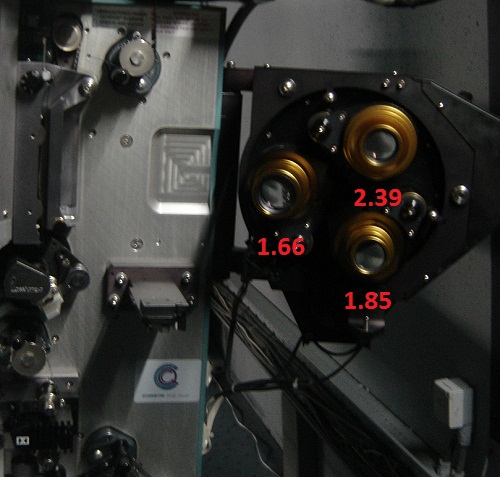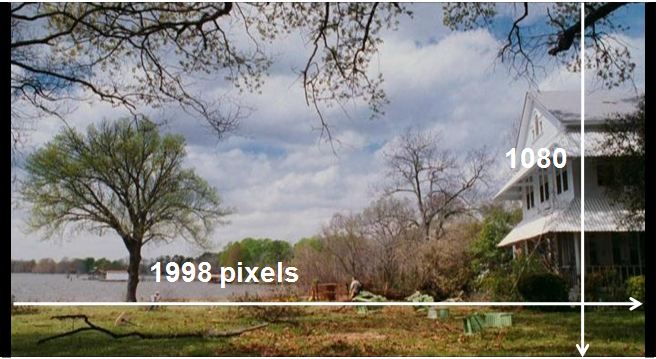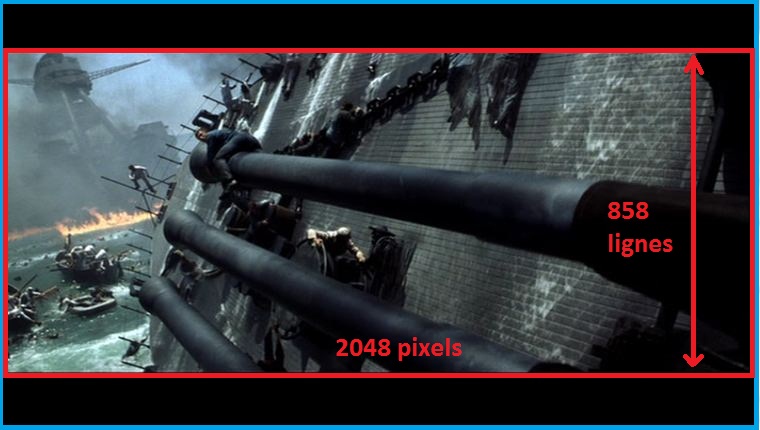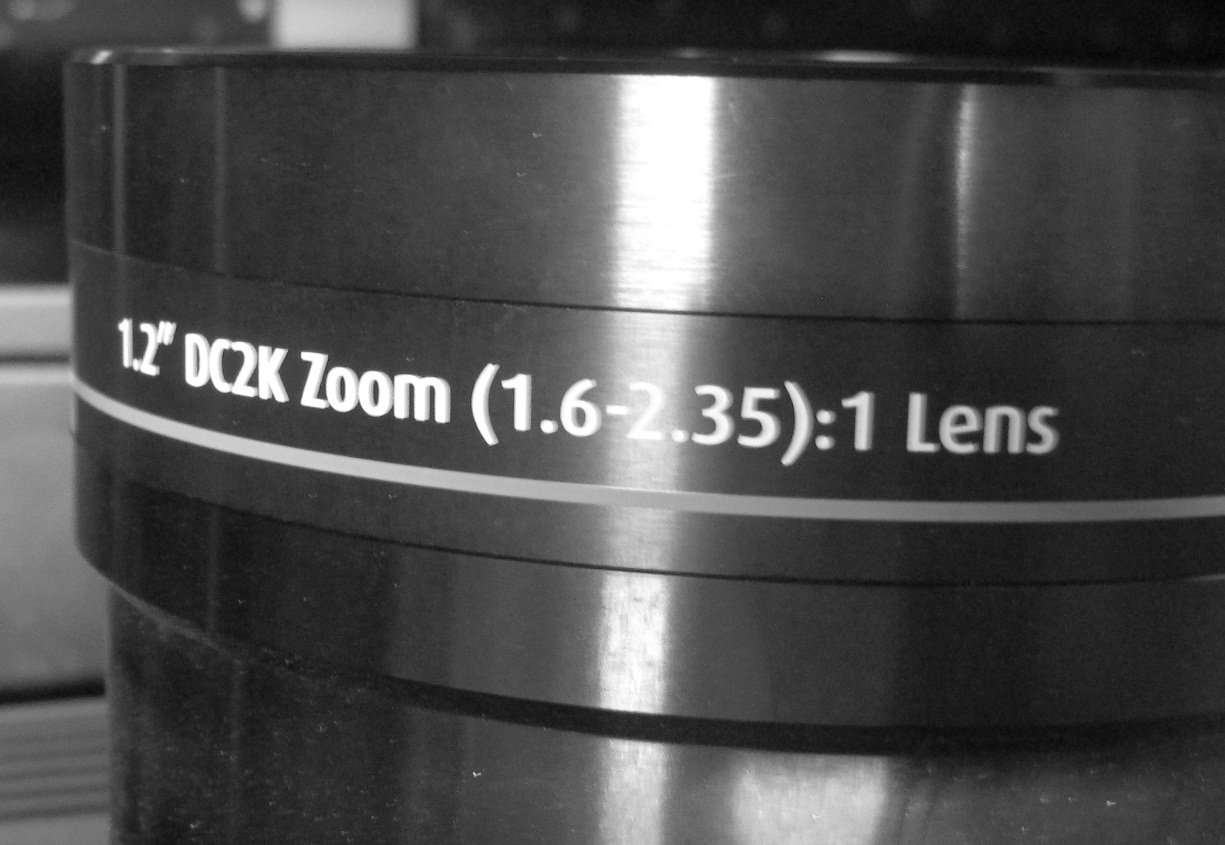The series comes to you from Alan Parsons, a man whose credits have included some of my favorite albums over the years: Pink Floyd’s “The Dark Side of the Moon,” The Beatles’ “Abbey Road,” and Al Stewart’s “Time Passages,” et al. Then came…
This article comes from Creative Cow:
A Look at Alan Parsons Art & Science of Sound Recording – Creative COW
Alan Parsons has now released the DVD/downloadable series Alan Parsons’ Art and Science of Sound Recording. Priced at $149 for the DVDs with downloads or buy just the download version alone for $99. Either one is a steal. …
After living with it for much of 2011, how do I feel about the purchase? Even with its flaws which come with annoying semi-regularity, it is still my favorite audio production and engineering training series. It was a monumental undertaking that while far from perfect has many things to recommend it. …
Even with its flaws, I love it and would give it …
On DVD, it is a three disc chronicle of what Alan Parsons has picked up during a lifetime of audio engineering and production. Narrated by Billy Bob Thornton (yes, that Billy Bob Thornton) …
Alan Parsons is joined in sidebar discussions by other A-list audio engineers and producers like Simon …
How good is it? Over the years I have been able to work alongside a multi-platinum-selling audio engineer/producer and Alan Parsons’ Art and Science of Sound Recording is second only to that kind of experience. Sure, there are times …
How does it compare to some of the best audio engineering training series that I have bought over the years? There are some …
It is about as close as most of us will ever get to working with an engineer the calibre of Alan Parsons. Throw in his discussions and sidebars with his many friends who offer their own insights and you have something special.
The performers being recorded are equally impressive. On the drums is none other than Simon …
There is no substitute to getting to work alongside real pros, learning from their knowledge and experience. I’ve been fortunate to have co-produced two albums with…
For me, working through Alan Parsons’ Art and Science of Sound Recording is second only to getting …
I could lay out all of the many reasons why I recommend this series but I will make this short and sweet and will just say this: …
Four stars out of …
If you want to learn more or order it, you will find the series website at artandscienceofsound.com





